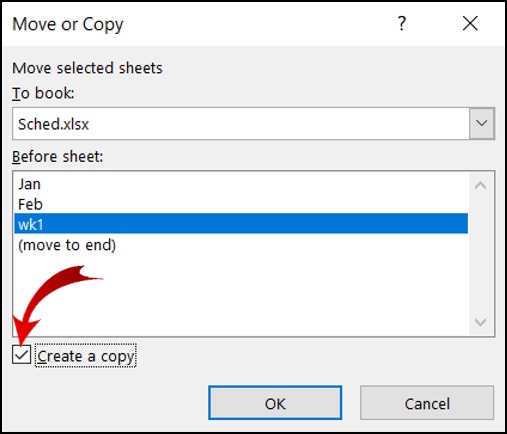5 Simple Ways to Add Data in Excel Sheets

Understanding how to manage and manipulate data effectively is crucial in today's data-driven environment. Microsoft Excel remains one of the most powerful tools for data entry and management. Whether you're a beginner or an advanced user, here are five simple techniques to add data into your Excel sheets that will enhance your productivity.
Manual Entry

At the core of Excel usage is the manual entry method:
- Select a Cell: Click on the cell where you want to enter data.
- Type Your Data: Start typing. Your text or number will appear in the formula bar as well as within the cell itself.
- Use Enter or Tab: To move to the next cell, press Enter to go down or Tab to move to the right.
This method is straightforward but can be time-consuming for large datasets.
Using the Fill Handle

For data patterns or sequences, the Fill Handle is exceptionally useful:
- Enter the Starting Value: Type your first piece of data.
- Select and Drag: Hover your mouse over the bottom-right corner of the cell until you see a small black cross. Click and drag this handle to fill adjacent cells with a sequence or duplicate values.
This method is particularly handy for dates, numbers, or any series where there’s a clear pattern.
Paste Special

Sometimes, you might want to add data from another source:
- Copy Your Data: From the source Excel sheet or another application, copy the data you need.
- Paste Special: In your destination sheet, right-click and choose ‘Paste Special’. Here you can decide to paste just values, formulas, formats, or perform operations like addition, subtraction, etc.
⚠️ Note: Be mindful of the data format when using Paste Special as it can affect how Excel interprets the incoming data.
Flash Fill

For intelligent data entry, Flash Fill is a lifesaver:
- Start Typing: Begin typing data in the format you want in an adjacent column.
- Trigger Flash Fill: Press Ctrl+E (Windows) or Cmd+E (Mac) to let Excel detect the pattern and fill in the remaining cells automatically.
🚫 Note: Flash Fill might not always get it right on the first try, so always review the results for accuracy.
Importing Data

To handle large datasets:
- Go to Data Tab: Click on the ‘Data’ tab in Excel.
- Choose Import Option: Select ‘Get External Data’ or ‘From Text’ to import from CSV files, databases, or other sources.
- Follow the Wizard: Excel’s import wizard will guide you through the process of defining how the data should be imported.
In summary, mastering these five ways of adding data into Excel not only streamlines your data entry process but also significantly increases your efficiency. Whether you prefer manual entry, quick pattern recognition with Fill Handle, precise data integration with Paste Special, intelligent data manipulation with Flash Fill, or bulk data import, Excel has tools to suit every need. Each method has its strengths and can be applied in different scenarios to make your data management task easier and more effective.
What are the limitations of the Fill Handle in Excel?

+
The Fill Handle is great for simple patterns but struggles with complex formulas or custom lists not recognized by Excel’s default pattern recognition.
Can I use Flash Fill for non-linear data?

+
Flash Fill is designed for recognizing and continuing linear patterns. For non-linear or highly irregular data, manual entry or custom functions might be needed.
How does Excel handle formatting when using Paste Special?

+
Paste Special allows you to choose whether to include the source formatting or use the destination’s formatting, giving you control over how data is pasted.
Are there any shortcuts to enhance data entry in Excel?

+
Yes, for example, using Ctrl+; (Windows) or Cmd+; (Mac) to insert the current date, or AutoCorrect to quickly insert commonly used entries.
What’s the best method for adding a large amount of data from external sources?

+
For large datasets, importing data through Excel’s ‘Get & Transform Data’ feature is most efficient, allowing for advanced filtering and transformation before import.